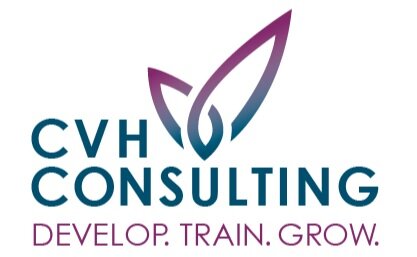Facilitation Pro — Brainstorming
Brainstorming is probably my favorite facilitation technique. It has the power to encourage input from every player, create collaborative energy, and stimulate thought.
Here are my ten quick tips for a successful brainstorm:
1. Create a safe environment
Remind or establish group norms (as discussed in my previous post). Remind participants that during this time all ideas are welcome and that everyone must be respectful. Create a no judgment zone for you and your participants.
2. Clarify the process
Make sure to share the following information with your participants:
What is the topic?
What is the purpose of gathering this information?
How will this information be used?
And be sure to clarify that during a brainstorm all ideas under the topic identified are welcome and accepted. Be clear from the start!
3. Generate the ideas
Dive in and ask for responses. If you don’t know the group well, or you know that it may be a confrontational group, have them write down their ideas on Post-it notes or scrap paper and then generate a list. Short on time? Have people send their ideas beforehand, this is a great way to incorporate brainstorming into a meeting.
4. Provide positive feedback
Thank participants as they contribute!
“Thank you for that idea…”
“What a great thought…”
5. Be comfortable with wait time
Silence can be painful for any presenter or trainer but give everyone a chance to think. Do your best to wait and pause between response.
6. Take it seriously
You can gain so much from a targeted and well-planned brainstorming session. Don’t treat it as an icebreaker.
7. Use those ideas
Don’t have a brainstorming session and then forget about it. Let participants know how it will be utilized by summarizing the feedback and using it in the future!
8. Keep participants focused
A facilitator wants to encourage participation and all ideas during a brainstorm, but this can make it a challenge to keep everyone on task. Remind them of the topic, and make sure it’s written down somewhere everyone can see it. Refer back to it if you need to.
9. Hire a pro
If you want great outcomes from your meeting, event, or professional gathering then invest in someone who can help you reach your full potential.
10. Additional tips
Here are a few ideas to shake up your brainstorming process or take it online!
“What would ____ do?”
Consider positioning the brainstorming question as “What would ___________ do?” How would a famous leader or your boss or even a celebrity handle this? This approach can take the pressure off participants who may feel uncomfortable and create an element of fun.
Take it Online
Do you work for or with a virtual company or organization? Don’t let that stop you from brainstorming! Start the process before your face-to-face meetings or hold the entire brainstorm online. Here are a few resources to get you started:
FreeMind
Round Robin
As I’ll discuss more in future posts, always do your best to include all participants. A great way to accomplish this is to set the room up in a circle, give participants a few minutes to think of their response or contribution (in silence) and then go around giving everyone the opportunity to contribute. If you have a large group (25+), have them round robin in smaller groups and then report back to the entire group.
We’d love to hear from you! Do you have any additional brainstorming tips? Please comment in the comments below or email me at christie@cvhconsultingllc.com.


